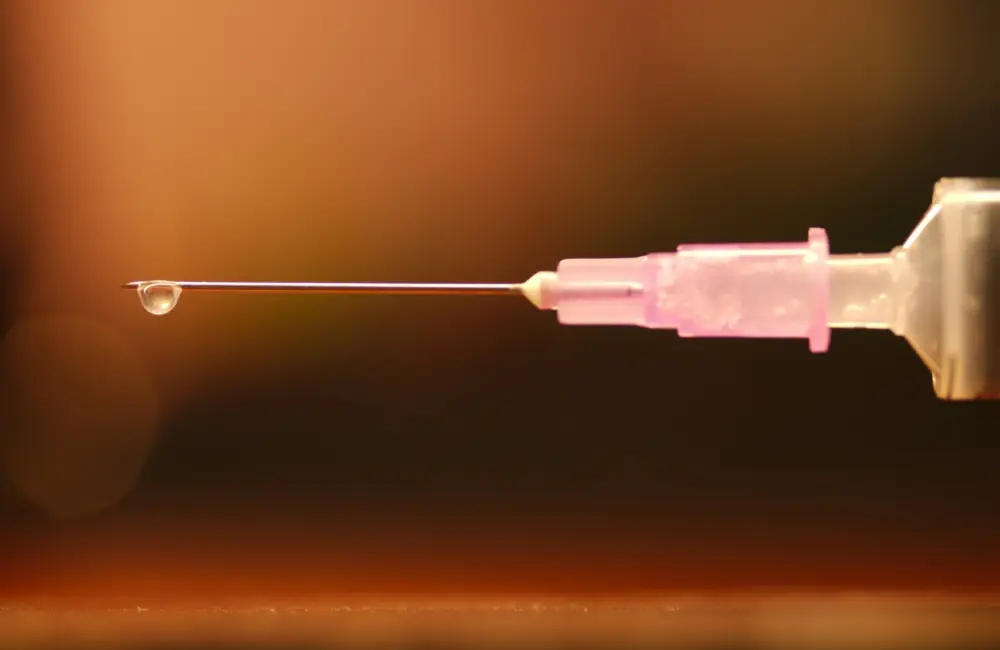Botox
Staying Safe from Illegal Botox: The MHRA’s Crackdown
Cosmetic treatments are more popular than ever in the UK, and few are as sought-after as Botox. However, with its growing popularity has come a worrying trend: black market Botox.

Many patients are tempted by cheaper treatment options both at home and abroad, but this demand has led to a rise in unsafe and unregulated procedures. In response, the MHRA has begun taking stronger action against illegal Botox products and unqualified injectors to protect public safety
Recent reports have highlighted seized shipments of counterfeit products and unlicensed practitioners offering injections with serious health consequences. This is not just a regulatory concern; it is a matter of patient safety. Whether you are a patient or a practitioner, understanding the MHRA’s response and the risks of black market Botox is essential to ensure that all treatments remain safe, legal, and medically supervised.
What Counts as Illegal Botox in the UK?
In the UK, Botox is classified as a Prescription-Only Medicine (POM). This means it can only be prescribed and administered by qualified medical professionals such as doctors, dentists or nurses. It is illegal for anyone without the appropriate medical qualifications to carry out Botox injections.
The same applies to the products themselves. Some injectors obtain Botox from the grey market, referring to unregulated sources that bypass authorised medical supply chains. Once these products are used in practice, they effectively become part of the black market. Such unlicensed or counterfeit Botox is often imported illegally from overseas and can evade essential safety checks and quality controls. These products may contain incorrect or harmful ingredient levels, or even unknown substances altogether. The injection process itself may also be unsafe when performed by an unqualified injector.
In short, if a treatment is not prescribed by a licensed practitioner and sourced through legitimate medical channels, it is considered illegal Botox. This is exactly why the MHRA has made tackling black market Botox a national priority.
The MHRA’s Recent Crackdown
In recent years, the MHRA has significantly stepped up its crackdown on illegal Botox in the UK. Teams have conducted record numbers of inspections, product seizures and criminal investigations. This national effort aims to protect public health and strengthen confidence in regulated aesthetic treatments.
A growing area of concern is the illegal importation of unlicensed Botox from South Korea. These counterfeit brands frequently bypass safety testing and enter the UK through unofficial channels. The MHRA has intercepted hundreds of these shipments, preventing them from reaching clinics and patients.
These enforcement measures send a clear message to the aesthetics industry: unregulated products or unqualified injectors will not be tolerated. They also highlight how global supply chains continue to present complex challenges for regulators.
Read more about the MHRA’s enforcement here: MHRA Crackdown on Illegal Botox.
The Risks of Illegal Botox
Illegal or black market Botox is not just a legal issue; it is a serious health risk. When treatments are carried out by unregulated injectors, patients lose the clinical safeguards that protect them. Risks include infection, allergic reactions and, in severe cases, botulism, which is a rare but potentially life-threatening condition.
The MHRA has reported cases of prolonged muscle weakness, nerve damage and inflammation following unregulated Botox injections. While these incidents are rare, they highlight why proper regulation is vital. This issue goes beyond appearance and affects health, well-being and trust in the aesthetics industry.
Choosing an unregulated injector might seem cheaper or more convenient, but the risks far outweigh any savings. Staying informed and selecting a qualified provider is the best protection.
How to Find a Safe, Qualified Botox Provider
Finding a safe Botox provider does not have to be difficult. Here’s what you can do to protect yourself before undergoing treatment:
- Check qualifications: Ensure your injector is registered with the relevant regulatory body (GMC for doctors, NMC for nurses, and GDC for dentists).
- Ask for proof: Request to see their certification and training. Reputable practitioners will be willing and happy to provide these.
- Confirm product origin: Ensure that the Botox used is obtained from a licensed supplier and stored according to the manufacturer’s guidelines.
- Look for reviews and references: Trustworthy clinics usually feature genuine patient testimonials and have clear, transparent policies.
- Check clinic registration: Confirm that the clinic is regulated by the Care Quality Commission (CQC) or an equivalent authority.
Following these steps helps ensure your treatment is both safe and legal, giving you peace of mind.
Impact on the Aesthetic Industry
The rise of black market Botox is not only a threat to patient safety; it is also having a damaging and illegal impact on the wider aesthetic industry. Unlicensed providers undercut legitimate clinics, offering discounted treatments while keeping profits that should fund proper training, safety measures and licensing. This creates unfair competition and risks undermining the industry’s credibility.
For ethical practitioners, this crackdown is welcome news. It helps to remove unsafe operators and strengthens public trust in regulated aesthetic services. Across the industry, stronger regulation can improve clarity around standards and create a fairer, more transparent market where patients feel confident in their choices. In the long term, consistent enforcement benefits both professionals and patients alike.
Legal Responsibilities & Reporting
Practitioners are legally required to follow strict professional guidelines. These include:
- Prescribing Botox only when medically appropriate
- Administering treatments in line with manufacturer guidelines
- Obtaining informed and valid patient consent
- Keeping accurate treatment and patient records
The public also plays an important role. If you suspect someone is offering illegal Botox, report it to the MHRA through their official website. You can also contact your local council or the Care Quality Commission (CQC) to report unsafe or unlicensed clinics. Acting quickly helps protect others and supports a safer, more accountable aesthetics industry.
Putting Patient Safety First
The illegal sale of Botox is more than a regulatory concern; it is a public health issue that affects everyone. The MHRA’s ongoing work highlights the importance of regulation and the need for continued vigilance among patients and practitioners alike.
If you are considering aesthetic treatments such as Botox, always check the credentials and registration of your provider. Your safety should always come first, and you should never have to settle for anything less.







